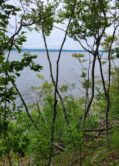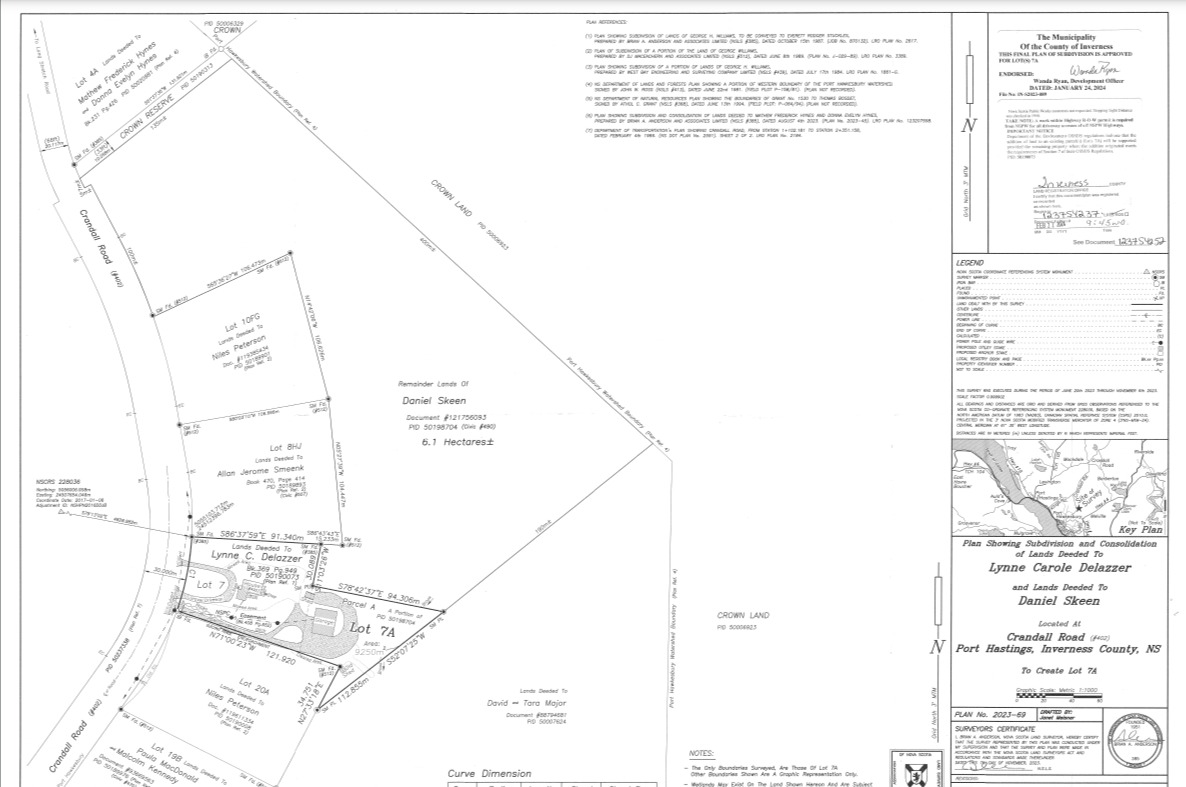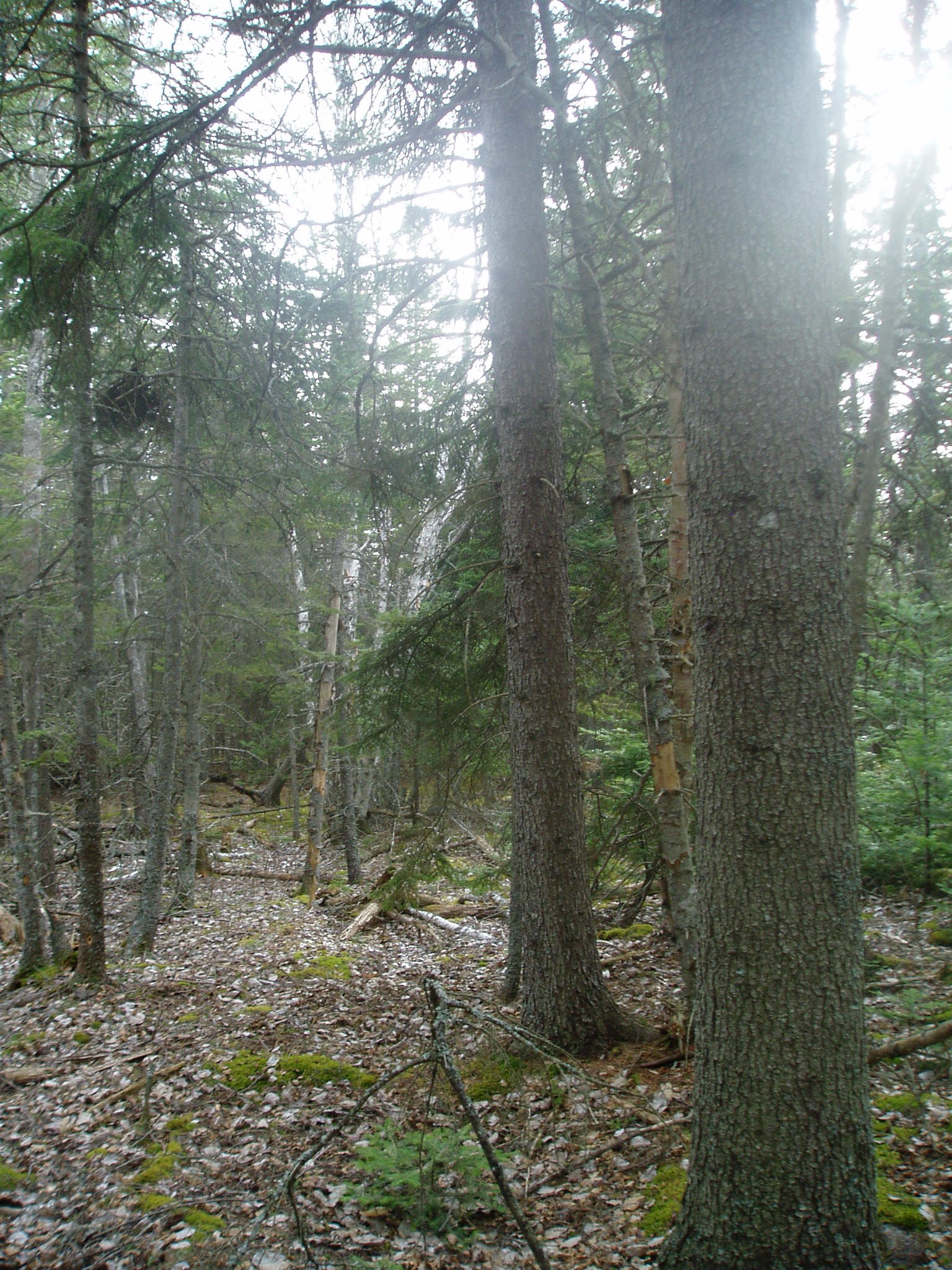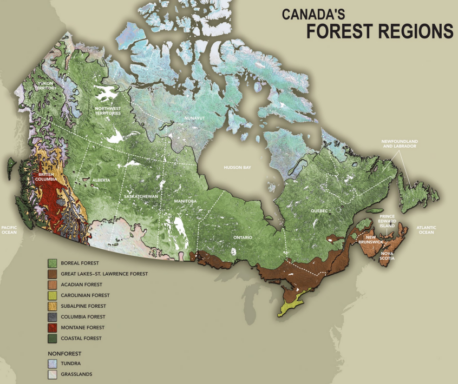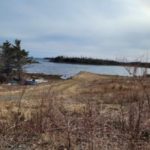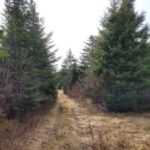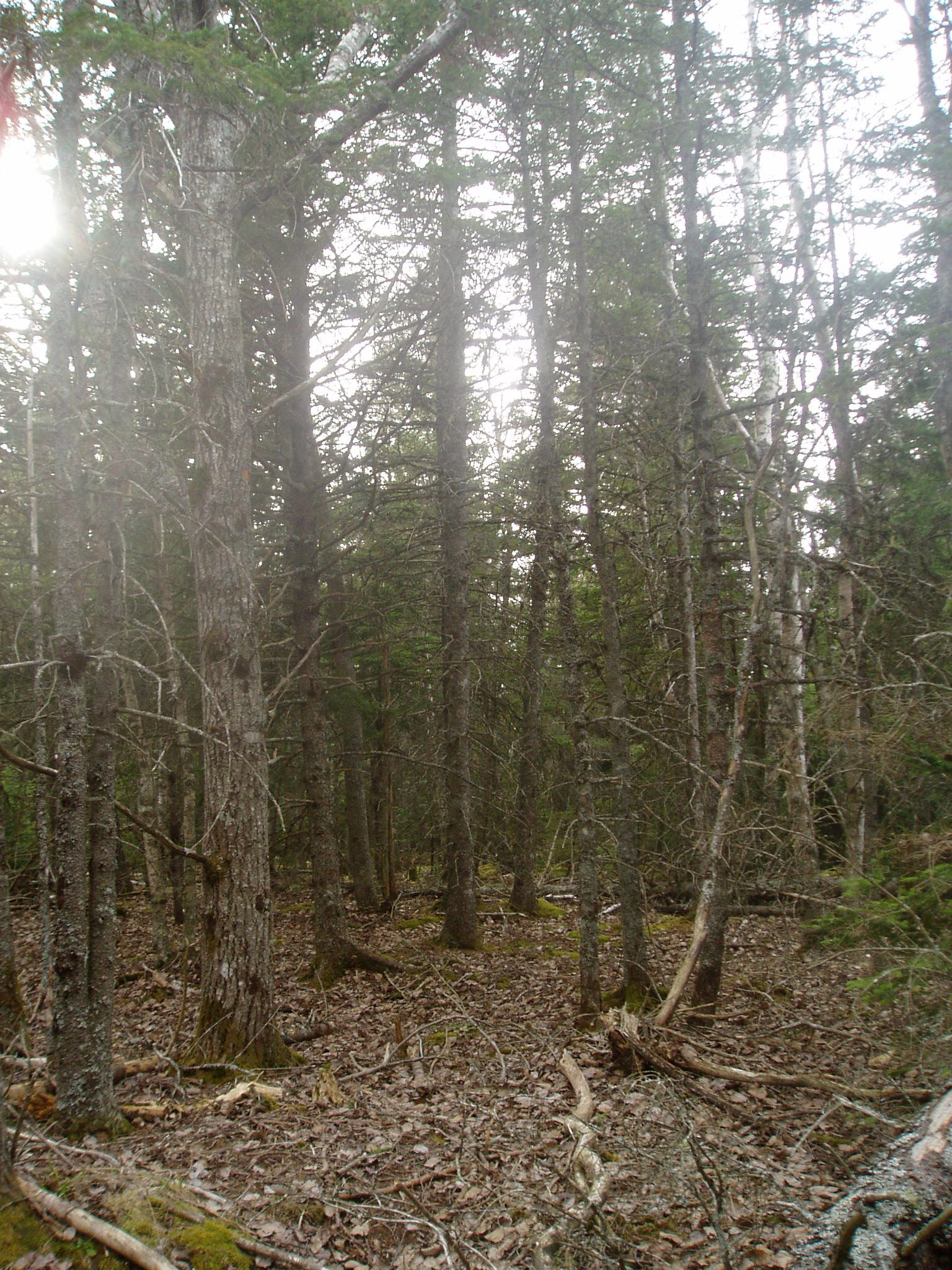Real estate investors in any part of the world are looking for the same thing: under-valued real estate investments with high upside potential. And if you’re not looking at Canada’s Atlantic coast as a promising opportunity, you might be missing out In particular, I feel Nova Scotia’s land market has the most to offer. Here’s 8 reasons why:
01
Canada is closed to foreign home buyers
The Prohibition on the Purchase of Residential Property by Non-Canadians Act effectively shut the door for foreigners looking to purchase residential property in Canada for all of 2023 and 2024. But guess what’s exempt? Land! Foreign investors can buy all the land they like, and build houses on it too. For foreigners who want to invest in Canada’s lucrative housing market, it’s as simple as buying raw land with development potential, and then build, baby, build!
Next, let’s look at why Nova Scotia is a particularly great place to invest…
02
Nova Scotia has some of the cheapest land per acre in Canada
While we’re not necessarily buying farmland, the farmland values index from Statistics Canada is a useful measure of the relative value of acres in each province. The data shows that an acre of farmland in Nova Scotia averages $3,913, lowest among the Maritime provinces and second only to the Prairies.
|
Province |
Average cost of land/acre – 2023 (CAD) |
| Ontario |
$19,685 |
| British Columbia | $10,056 |
| Quebec | $9,964 |
| Newfoundland / Labrador | $8,642 |
| Prince Edward Island | $6,452 |
| New Brunswick | $4,340 |
| Nova Scotia | $3,913 |
| Alberta | $3,728 |
| Manitoba | $3,439 |
| Saskatchewan | $2,384 |
Next, looking at the growth of land prices by province from May 2020 to May 2024, the Atlantic provinces of PEI, Nova Scotia, New Brunswick, and Newfoundland/Labrador really stand out. While other regions have seen dramatic growth in land values, the East Coast is holding steady at affordable prices. For anyone looking to buy low, now is the time.
| Province | Land Cost Increase (05/2000 to 05/2024) |
| Quebec | 17.35% |
| British Columbia |
12.93% |
|
Ontario |
11.63% |
| Prairie Region | 6.57% |
| Atlantic Canada | 2.08% |
| Canada (Average) |
11.23% |
| Source: Statistics Canada |
|
03
Homes are selling at record-high prices in Nova Scotia
Sure, you’re just buying land, but residential housing figures are important for determining the potential value of the land once developed. The second column in the table below lists the average selling price of homes by province based on May, 2024 data. The third column compares home prices with land prices to show how many acres of land one could buy based on the average selling price of homes in that province. The higher the number the better, indicating you can buy land that, if developed, will pay off more richly than it would in other areas. Nova Scotia’s numbers are near the top, second only to the prairie provinces of Alberta and Saskatchewan. But don’t head for the Prairies based on that data. Read on for more reasons why Nova Scotia is by far our number 1 choice.
|
Province |
Avg. cost of land/acre – 2023 (CAD) |
Avg. home price – May, 2024 (CAD) |
Home Price / Land Cost Ratio |
| Ontario |
$19,685 |
$890,634 | 45.2 |
|
British Columbia |
$10,056 |
$1,001,736 |
99.6 |
| Quebec |
$9,964 |
$498,124 | 50.0 |
| Newfoundland / Labrador |
$8,642 |
$306,184 | 35.4 |
| Prince Edward Island | $6,452 | $391,819 | 60.7 |
| New Brunswick |
$4,340 |
$338,740 | 78.1 |
| Nova Scotia | $3,913 | $464,661 | 118.7 |
| Alberta | $3,728 | $507,706 | 136.2 |
| Manitoba | $3,439 | $371,224 | 107.9 |
| Saskatchewan | $2,384 | $328,029 | 137.6 |
04
Nova Scotia is growing fast, with a bold pledge to reach 2 million residents
In 2021, Nova Scotia’s provincial government launched its Population Growth Strategy, setting a goal of reaching the 2 million mark by 2060. To reach this target, Nova Scotia will have to welcome 25,000 newcomers every year going forward. The program started well, with over 60,000 newcomers to Nova Scotia in the first two years. In Nova Scotia, you have a clear population growth mandate, backed intensely by the government and with programs to support it. All of those newcomers will create an increasingly competitive market for land and housing – exactly the type of demand that drives price increases.
| Population (May 2020) |
Population (May 2024) |
Growth Rate | |
| Canada (Avg.) | 38,006,941 | 41,012,563 | 7.91% |
| Prince Edward Island | 158,401 | 177,081 | 11.79% |
|
Alberta |
4,405,455 |
4,849,906 | 10.09% |
| Yukon |
41,807 |
45,750 | 9.43% |
| British Columbia | 5,169,535 | 5,646,467 | 9.23% |
| Nova Scotia | 986,204 | 1,072,545 | 8.75% |
| New Brunswick | 782,512 | 850,894 | 8.74% |
| Ontario | 14,752,374 | 15,996,989 | 8.44% |
|
Manitoba |
1,379,280 | 1,484,135 | 7.60% |
| Quebec | 8,550,900 | 9,030,684 | 5.61% |
| Saskatchewan | 1,169,038 | 1,231,043 | 5.30% |
| Nunavut | 39,137 | 40,758 | 4.14% |
| Newfoundland / Labrador | 527,733 | 541,391 | 2.59% |
| Northwest Territories | 44,565 | 44,920 | 0.80% |
Source: Statistics Canada
05
Housing in Nova Scotia is already in drastically short supply
- What do all those newcomers to the province need? A roof over their heads would be a great start. A 2023 study by consultant Turner Drake & Partners found that Nova Scotia will be short 41,200 homes in less than five years, and the shortage in housing units could reach 80,400 within 10 years. So, let’s add up a few observations on the Nova Scotia real estate market so far:
- It has some of Canada’s cheapest land available, which can be purchased by any foreign resident
- Houses are selling for over half of a million CAD on average
- The population is growing rapidly with a goal of doubling residents by 2060
- It’s expected the province will be short about 80,000 homes within 10 years
When you add all these factors together, it creates a pretty compelling case for foreign investors.
06
Nova Scotia has breathtaking scenery and beautiful coastlines
Remember comparing land values with the Prairie provinces earlier? Consider that in Nova Scotia you can find cheap land that has ocean views, mountain trails, streams, forests, or access to one of thousands of beautiful lakes. You can find that in British Columbia, but you’ll likely pay 5 times as much per acre. Having gorgeous scenery that adds to your land’s market value gives land buyers a wider variety of options based on the specific features they are looking for.
07
The weather in some areas of Nova Scotia is far more pleasant than you may think
There are different micro-climate areas areas all over the province, but if you’re dreading harsh Canadian winters you may be in for a nice surprise. Nova Scotia’s South Shore area, extending from Halifax to Shelburne, has quite mild winters compared to the harshness many Canadians endure.
While it might seem silly to compare Nova Scotia’s climate with California’s, have a look at the monthly average high/low temperatures of Shelburne, NS as compared to San Francisco, CA. A colder winter to be sure, but the temperature differences are far less than one might expect.
| Shelburne, NS |
San Francisco, CA
|
|
| January | 1° / -9° | 14° / 8° |
| February | 1° / -9 | 16° / 9° |
| March | 5° / -4 | 17° / 10° |
| April | 10° / 0° | 18° / 11° |
| May | 16° / 5° | 19° / 12° |
| June | 21° / 9° | 19° / 12° |
| July | 24° / 12° | 19° / 12° |
| August | 24° / 13° | 20° / 13° |
| September | 20° / 8° | 21° / 13° |
| October | 14° / 3° | 21° / 13° |
| November | 9° / 0° | 18° / 11° |
| December | 3° / -6° | 14° / 8° |
08
Nova Scotia has an abundance of natural resources that fetch a premium in other places
As our world continues to face the strain of sustaining our population, some of the most fundamental resources that we take for granted stand to increase in value. Construction engineers are learning that using mass timber for construction instead of concrete can dramatically reduce the greenhouse emissions for new buildings. Water is becoming increasingly polluted in some areas, requiring more expensive treatment or the need to import from a cleaner source. And environmental scientists are finding new uses for age-old resources that previously had little value, such as that sea kelp you find all over beaches on the Nova Scotia coast. For most local and foreign investors, it comes back to one basic resource: trees, trees, trees. With some education and good silviculture processes, even a small stand of trees can become a viable income source. Investors who eye long-term investment growth will get it – it’s like slow-motion farming – each year that your trees grow they increase in value. To learn more about woodlot investing, visit our post on Nova Scotia Woodlot Management.
Why Wait?
Don’t let today’s opportunity be tomorrow’s regret. There’s a compelling case for foreign investors to buy land in Nova Scotia.
If you’re looking for a place to start, try our free Buyer’s Guide: How to Buy Land in Nova Scotia. Or explore the site for tips on land development, conducting title searches, access to zoning maps and land use bylaws, and so much more.
